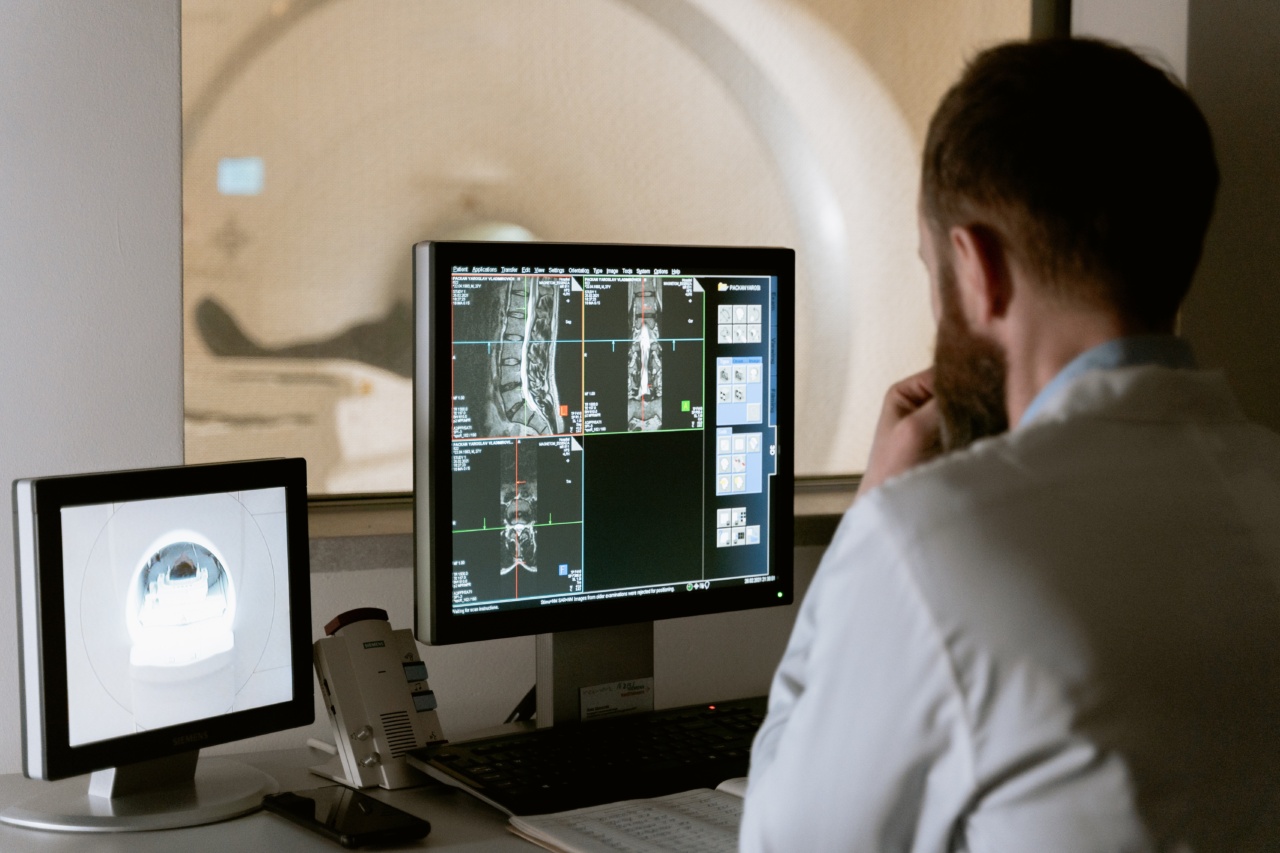Bone health is critical for our overall well-being. Bones are the support structure of our body, and any weakness or deterioration can lead to severe health complications.
Unfortunately, many people do not take their bone health seriously until an injury or condition like osteoporosis occurs.
It is essential to ensure that your bones are healthy and strong, and this involves being aware of the indicators of poor bone health. In this article, we will discuss four indicators of poor bone health that everyone should know.
1. Recurring Fractures
One of the most common indicators of poor bone health is recurring fractures. If you find yourself breaking bones often, it may be a sign that your bones are not as strong as they should be.
It is crucial to consult your doctor about this condition, especially if you have a family history of osteoporosis.
Some fractures may occur due to physical trauma or injury, but if you have a medical condition that reduces bone density, even a minor injury can lead to fractures.
Therefore, if you notice recurring fractures or any change in your bone structure, consult with your healthcare provider immediately.
2. Reduced Grip Strength
Grip strength is a physical assessment that doctors may use to evaluate bone health. A reduction in grip strength can indicate the weakening of bones.
A study published in the Journal of Bone and Mineral Research showed that low bone mineral density in the spine and hip is associated with weak grip strength.
If you notice a reduction in grip strength in your hands, it is crucial to consult your doctor for a bone density check-up. The earlier you detect and treat bone loss, the better the outcome will be.
3. Back Pain
Back pain can indicate several medical conditions, and poor bone health is one of them. Back pain is often caused by the compression of the spinal vertebrae, which can occur due to osteoporosis.
This condition leads to the thinning of bones and decreased bone density, making the bones more prone to fractures.
If you experience persistent back pain or any discomfort in your spine, it is essential to consult a doctor for a proper diagnosis and treatment.
Strengthening exercises, weight-bearing activities, and a balanced diet can help improve bone density and prevent further damage.
4. Height Loss
As people age, they tend to lose height. However, a significant loss of height can be an indicator of poor bone health. Osteoporosis can lead to the thinning of bones in the spine, causing vertebrae to collapse or compress.
This leads to a loss of height, as well as a stooped posture, known as kyphosis or dowager’s hump.
If you notice a significant height loss, consult your doctor for further evaluation. Early detection and treatment of osteoporosis can help prevent further bone loss and complications.
Conclusion
Having healthy bones is crucial for our overall well-being. Any weakness or deterioration in the bone structure can lead to severe health complications.
The four indicators of poor bone health discussed in this article include recurring fractures, reduced grip strength, back pain, and height loss.
If you notice any of these indicators, it is essential to consult with your healthcare provider immediately. Early detection, diagnosis, and treatment can help prevent further bone loss and complications.



























